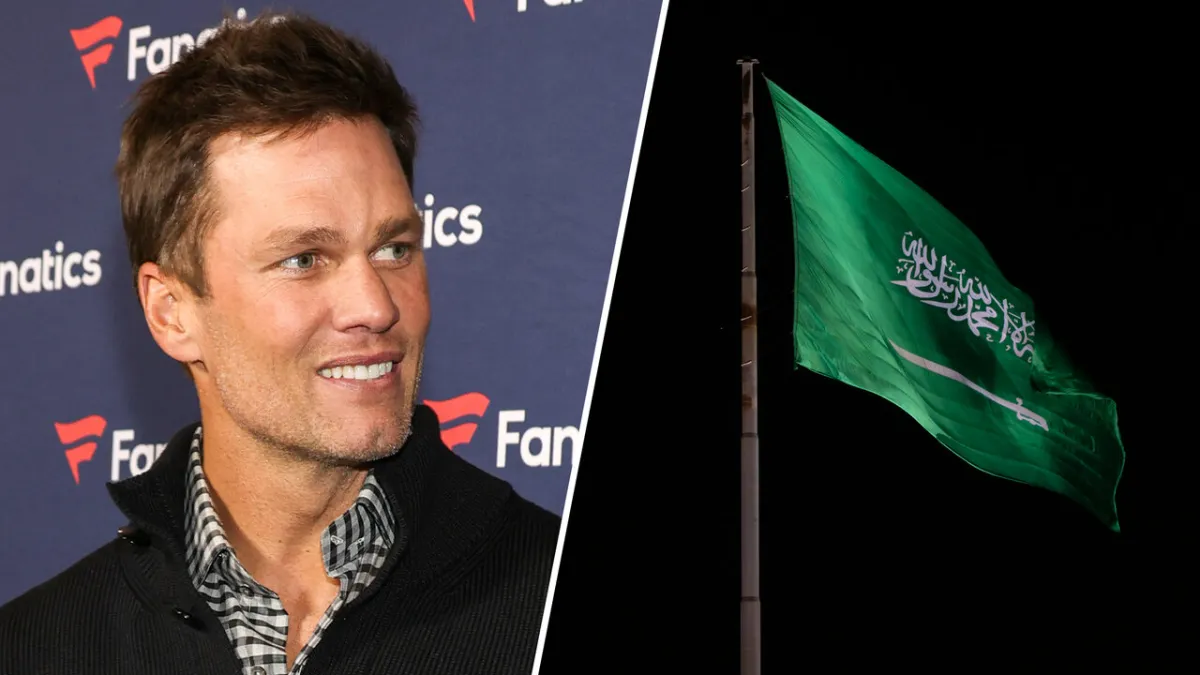By Biman Mukherji
Copyright scmp

US President Donald Trump’s threat to impose a 100 per cent tariff on foreign films has raised alarm in India’s industry from Bollywood to Tollywood, even as it is struggling to lure audiences back to cinemas and facing shrinking revenues from online platforms, according to analysts.
In a social media post on Tuesday, echoing a similar threat in May, Trump alleged that Hollywood had been “stolen’’ from the US and declared: “I will be imposing a 100 per cent tariff on any and all movies that are made outside the United States.”
Speaking to The Hindu newspaper, Ashish Kulkarni, an Indian production house founder who is also an animation and visual effects expert, said: “Under such a high tariff regime, all channels of movie showing and viewing will be impacted and become more costly. It will overall increase the cost of content consumption for the Indian diaspora.”
In an interview with NDTV, Hindi filmmaker Kabir Khan expressed shock over Trump’s announcement, saying: “I have no idea what he means when he says ‘made outside of the United States’ because every second Hollywood film is shot outside the USA, and the VFX [visual effects] is executed outside the USA.”
Trump’s comments signal his intention to extend his protectionist trade agenda to the entertainment sector, even though it is unclear how this tariff would be imposed, as most films are distributed digitally, analysts say.
Karan Taurani, executive vice-president and media sector analyst at Elara Capital, a London-based investment bank and brokerage firm, estimated the Indian film industry earned about 10 per cent of its annual box office revenue from overseas, of which the US accounted for a third.
Lavin Hirani, managing partner of Hirani & Associates, a Mumbai-based law firm, said a 100 per cent tariff on foreign films would dramatically increase distribution costs and ticket prices, and decrease the number of screenings and releases in the US for the Indian film industry. Citing analysts’ projections, Hirani said the tariff might lead to a drop of 30 to 40 per cent in US earnings for Indian films, equivalent to US$5 million to US$7 million per major release.
The Indian film industry has been looking to expand its market among Americans of Indian background, who comprise 1.6 per cent of the US population. Its films are also popular in South Asian countries outside India, including Pakistan, Bangladesh and Sri Lanka.
While the implementation process for the tariff was unclear for now, Trump might also target online platforms hosting foreign-made films, including those from the Indian industry, Taurani said.
US-based over-the-top platforms like Netflix, Amazon Prime Video and Disney+ have licensed more Indian films for streaming and produced their own Indian-focused original content in recent years.
Hirani predicted that Trump’s tariff might face legal challenges on the domestic and international fronts, saying: “The tariff’s implementation faces steep legal and practical barriers, rendering it more symbolic than immediately enforceable.”
Last year, the Indian film industry’s total box office collection fell by 5 per cent to 114 billion rupees (US$1.3 billion) from 120 billion rupees in 2023, while admissions declined from 900 million to 857 million over the same period, according to a report by EY released in March.
The industry faced multiple challenges, including fewer big-ticket film releases due to their recent poor performance, despite these films accounting for 70 per cent of total box office earnings, the report said.
While cinemas in India have gradually made a comeback in the past few years, they struggle to draw as many attendees as before the Covid-19 pandemic and face stiff competition from online streaming platforms.
Some film producers and distributors bought tickets for their own films to show a better opening performance, the report said, citing discussions with studios.
Taurani said another key challenge for the Indian film industry was that digital streaming platforms were paying about 20 per cent less than during the pandemic to content producers.
“Over-the-top platforms are not spending heavily now. Cinema viewership has come down because content is not seen up to the mark,” he added.
The EY report said key stars and production houses were taking longer to release their films to ensure that they met audience expectations.
Among the Indian films that have performed well in the domestic market this year was the romantic film Saiyaara, which has attracted over 3 billion rupees in box office takings so far.
While the success of such films was a boost to the industry, it needed new concepts and talents to appeal to Generation Z audiences, Taurani said.
Biswajit Dhar, a professor at Delhi’s Council for Social Development, said customers of Indian origin in the US were already reconsidering purchases of Indian imports due to Trump’s 50 per cent tariff, and his proposed film levy would further dampen their buying appetite.
Nonetheless, the Indian film industry should strive to expand its appeal to the Indian diaspora and other audiences in the US and elsewhere, Dhar said.
“The diaspora market is big for India. That segment is also increasing its footprint,” he added.
Hirani said the impact of Trump’s tariff should not be seen solely from an economic perspective, adding that it could erode India’s soft power and its ability to shape global perceptions through cultural exports like Bollywood.
“With fewer affordable access points, US audiences – beyond the 4 million to 5 million Indian diaspora – might gravitate towards local Hollywood fare, reducing exposure to Indian narratives.”



